Fall can feel like a welcome respite after a busy summer season full of vegetables, flowers, and herbs. Even so, some of us can’t help but try to keep the garden bursting with life for just a little longer. Here are some simple fall gardening tasks you can do this season and in future seasons to help your garden stay gorgeous and productive a little longer each autumn.
What Can I Do Right Now?
It may be getting late in the year, but you can still do a few things to make a big difference right now. Give these fall gardening tips a shot this September.
Deadhead Your Flowers
Many flowers will continue blooming until the frost kills them, especially when they’re frequently deadheaded. Keep up with deadheading your cosmos, zinnias, marigolds, chrysanthemums, coreopsis, salvia, and other flowers to keep them blooming and looking fresh.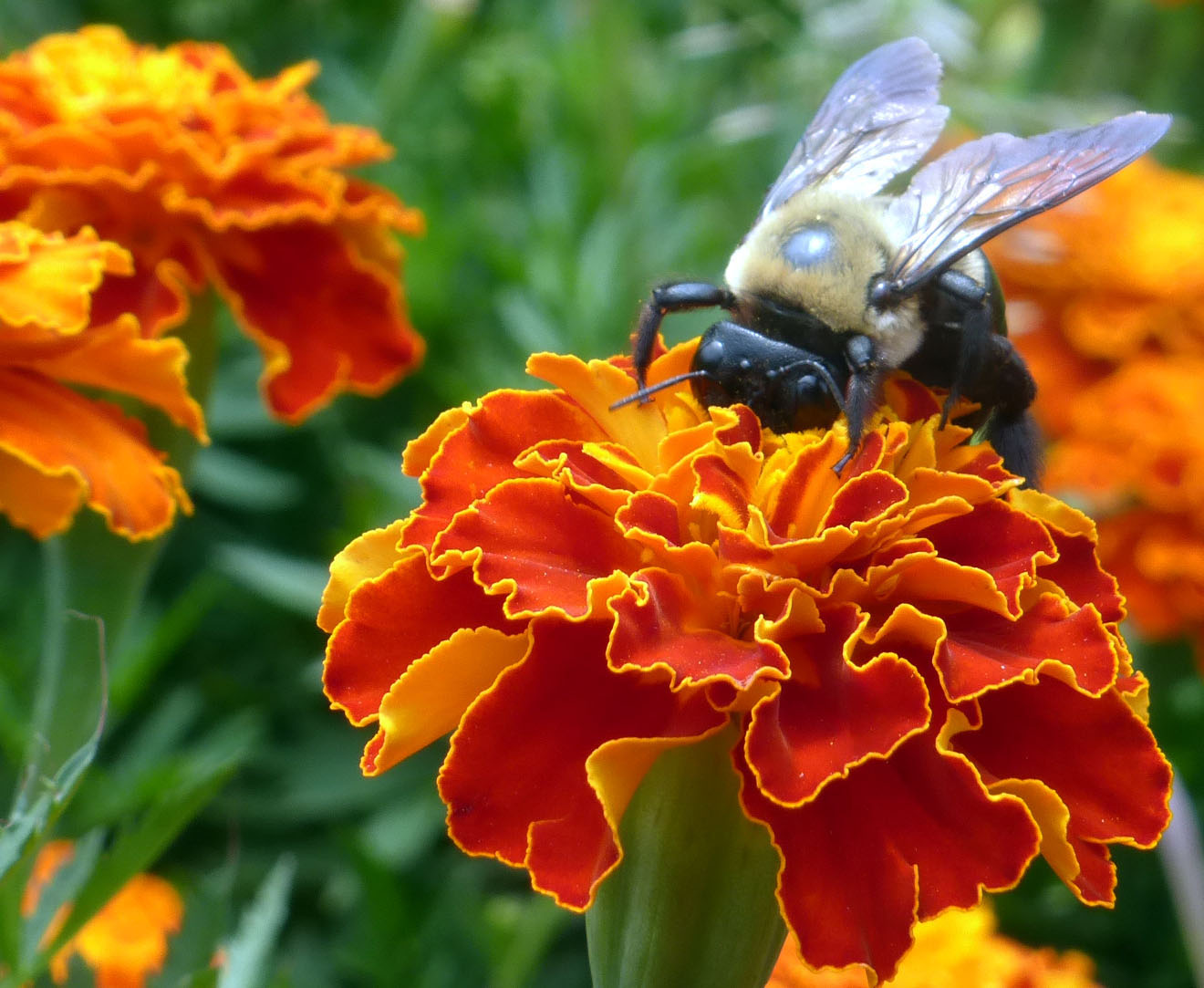
Sneak in a Few Last-Minute Vegetables
Depending on your location, you may still have a chance to sneak in some last-minute vegetables. Here in Virginia (zone 7), we’re still tucking in radishes, turnips, spinach, and mustards this week. We’ll soon be planting garlic, shallots, perennial onions, and bulb onions. Farther south, folks still have a long list of crops they can grow.
When determining appropriate fall planting times, we recommend that folks use the days to maturity and calculate back from your average first fall frost date. Then, add 14 days to the listed days to maturity for your variety to account for the “fall effect” of shortening days and cooler temperatures.
Apply Mulch to Insulate the Soil
Applying mulch in the fall will help keep your soil warmer for longer. Around perennials and overwintered greens, mulch will help insulate roots through the winter. For annual root crops like beets and carrots, it can also allow you to leave them in the ground much longer. In some southern areas, leaving them in the ground to harvest them through the entire winter may even be possible.
 Invest in Row Cover or Coldframes
Invest in Row Cover or Coldframes
Not everyone has the space, time, or money to put up a high tunnel or greenhouse, but don’t let this stop you from adding some season extenders to your garden. Season extenders can completely change your fall gardening game!
Ordering row cover and some wire hoops is a fast way to give your plants a few degrees of protection from cold and frost. Cold frames also provide protection from winter weather, and many people can DIY these with a few cheap supplies like old windows and hay bales.
Even after September, these are still valuable additions to the garden. We sow very late crops like bulb onions and spinach in cold frames to overwinter and get a quick start in early spring. This gives us larger onions and extra early greens.
Reduce Wind Exposure
In the fall, plants are fighting a battle against dwindling daylight and colder temperatures. Adding winds to the mix means your plants use all their energy to survive. You won’t see them grow and flourish unless you add wind protection.
Adding windbreak netting or some sort of windbreak can help your plants thrive. You don’t need to stop all the wind; focus on reducing wind speed.
In future seasons, you can improve wind protection by planting windbreaks of trees and shrubs or building fences.
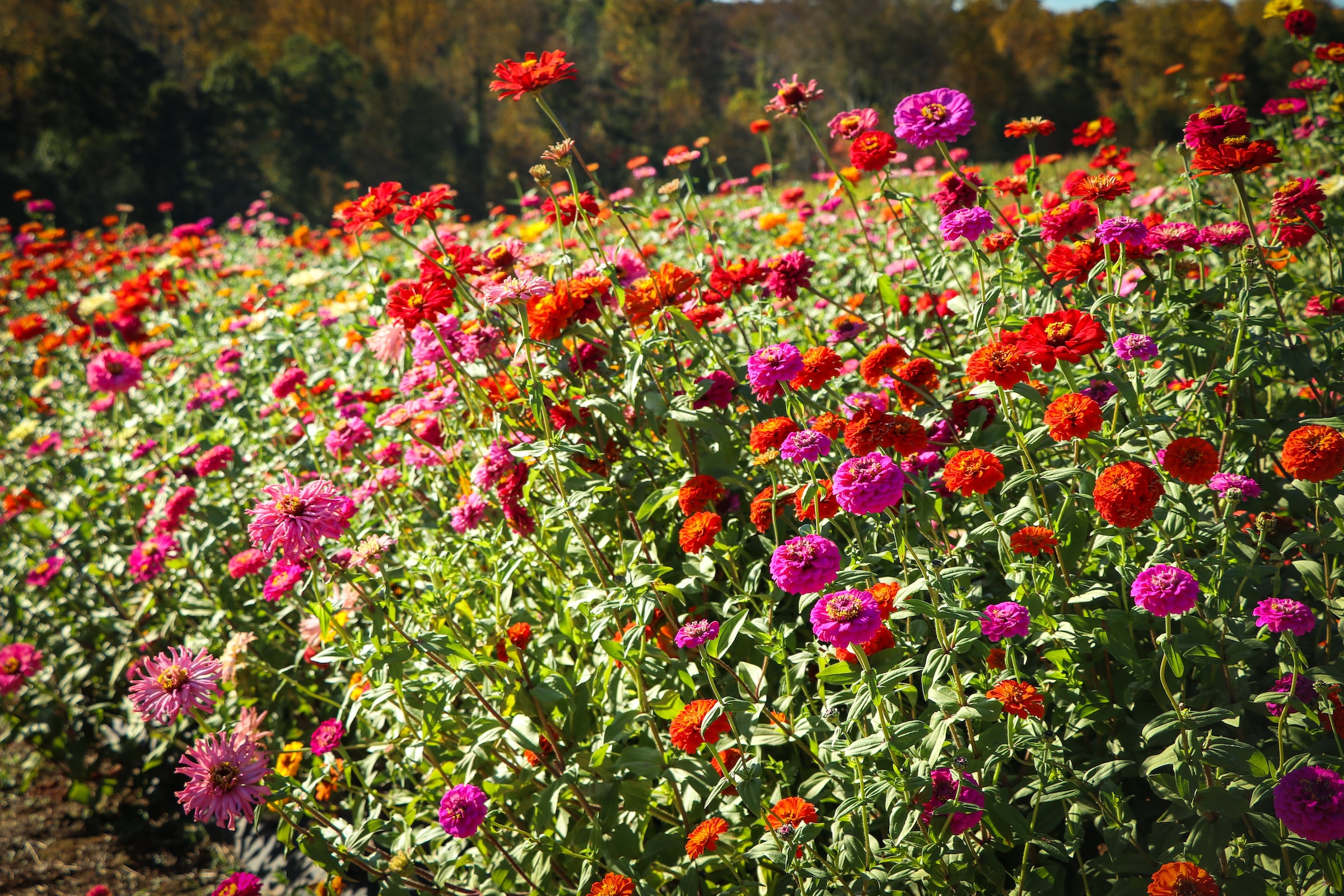 Fall Gardening Tips to Implement in the Future
Fall Gardening Tips to Implement in the Future
If you’d like to do more, there are a few steps you can take before next season that will help your fall garden be even more beautiful and productive. Here are a few things to think about.
Create a Fall Gardening Succession Plan
Great fall gardening starts well in advance! When you’re planning your garden and purchasing seeds, bulbs, and plants, make sure you think about succession planting. For vegetable patches, this means that when one crop finishes, you start a new one to ensure your beds are always full and there’s always something fresh on the table. For example, you might grow a fall pea crop after your corn comes in for the season or plant lettuce once your tomatoes are done.
In a flower garden, the focus is to have some blooming all through the season, including into autumn. Look at average bloom times for bulbs and perennials. Read seed packets for days to maturity on annual flowers. Add this information to a calendar and see how you can fill the gaps. To help extend blooms into fall, plant multiple successions of annuals. For example, continue sowing cosmos and zinnias late into the summer.
Add Larger Perennials, Shrubs, and Trees
If you’re working on an ornamental garden, one thing you can do to keep it attractive year-round is to vary the height and textures. These help add interest when little is blooming. Native trees and shrubs with berries or evergreen foliage can provide interest even into the winter and are excellent habitats for songbirds and wildlife. Shrubs like rhododendron, bayberry, and mountain laurel are good choices, as are trees like magnolia, cedar, and holly. You may also consider some wood ferns and other evergreen or semi-evergreen perennials.
Despite all the hard work that comes with a garden, it can be hard to say goodbye to the fresh food and beautiful flowers when the leaves start to drop. Whether you have a large vegetable garden, herbal medicine garden, cut flower garden, ornamental garden, or a combination, these tips will help you keep growing into autumn and winter.

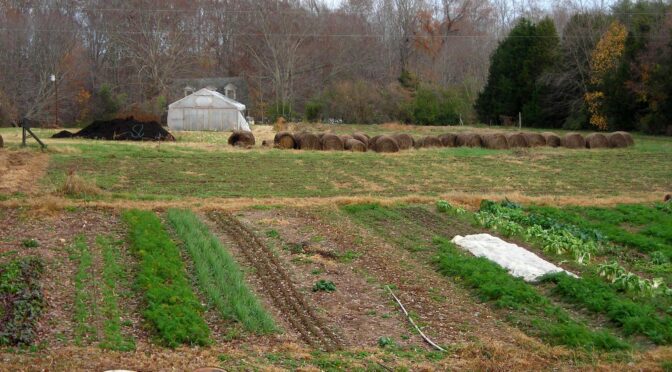
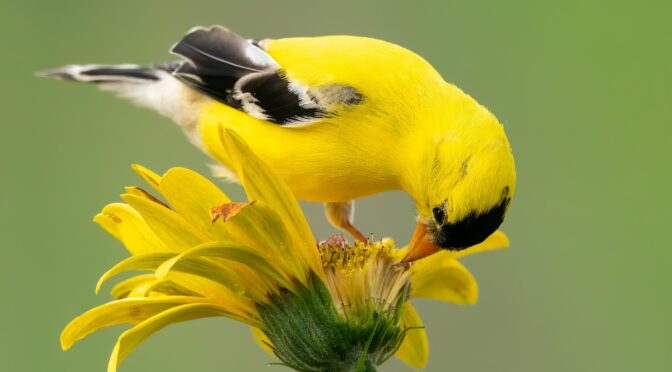
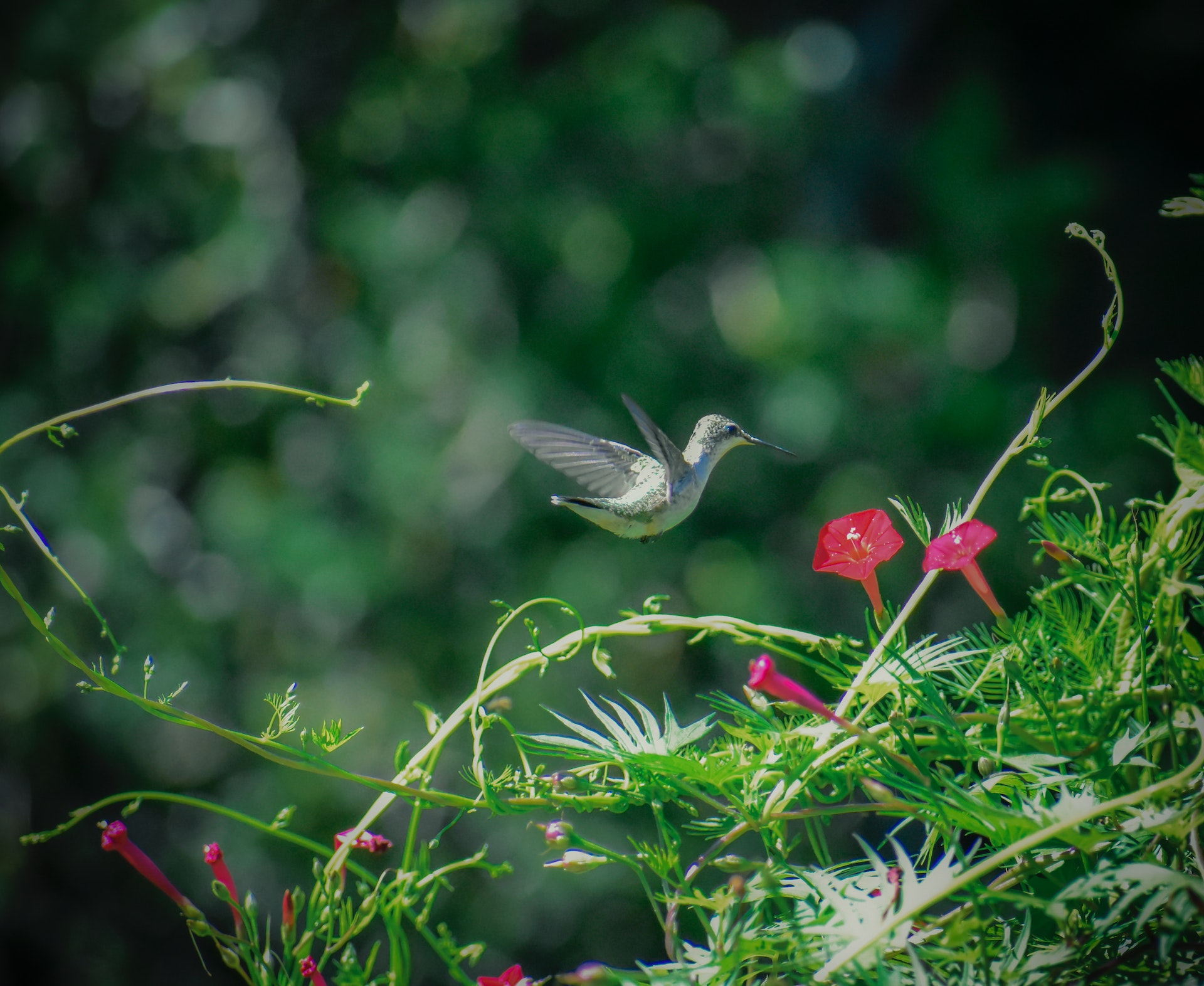
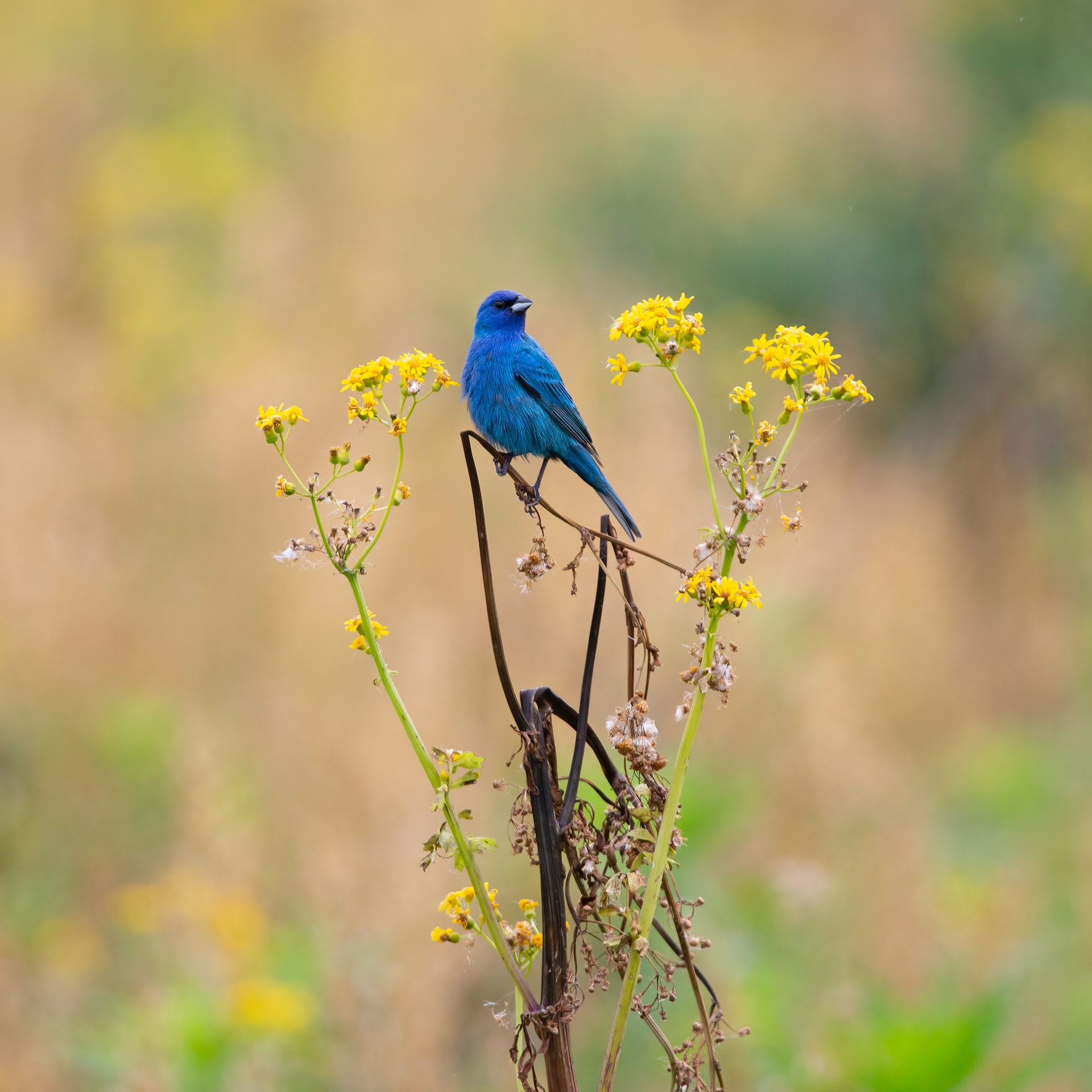
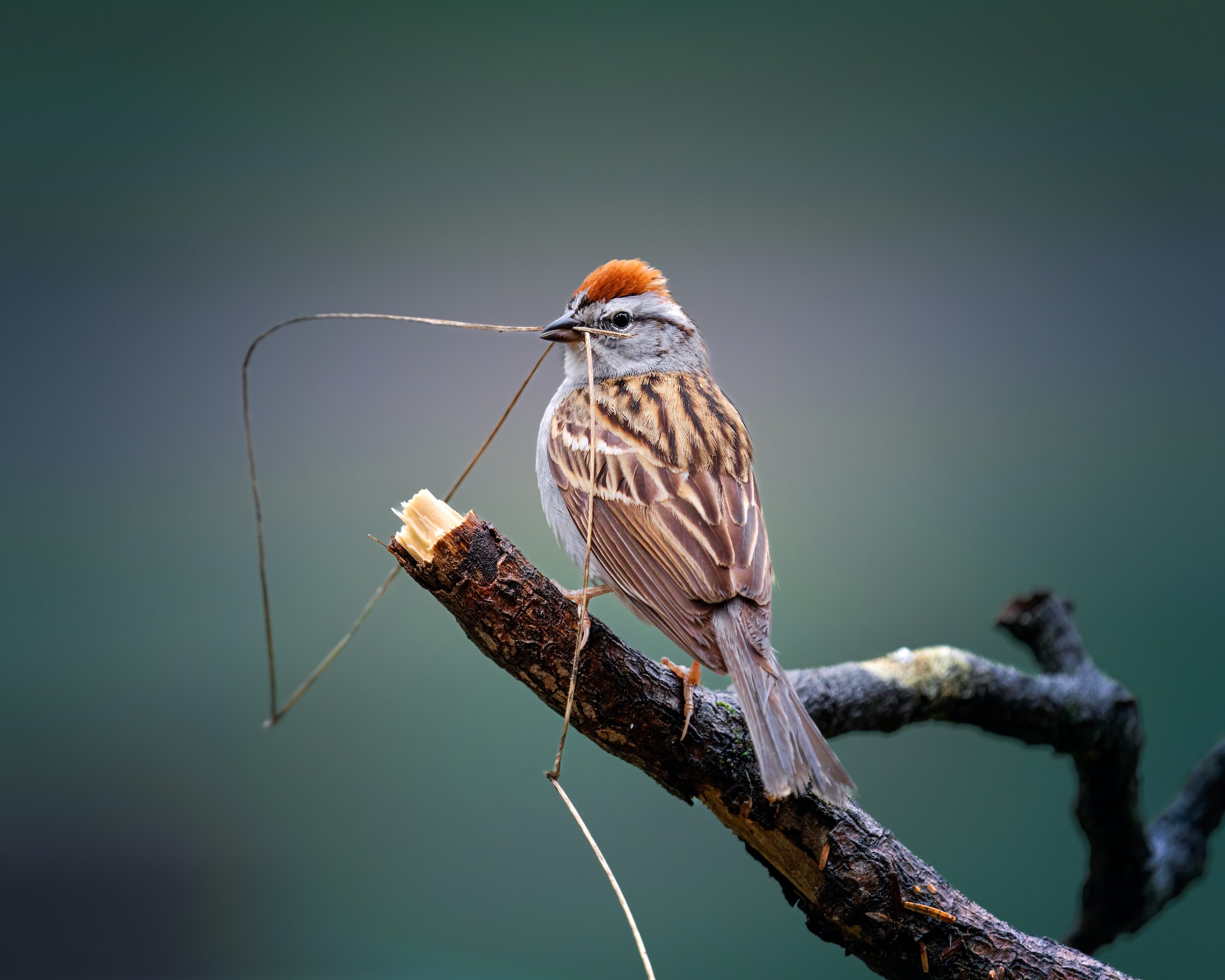

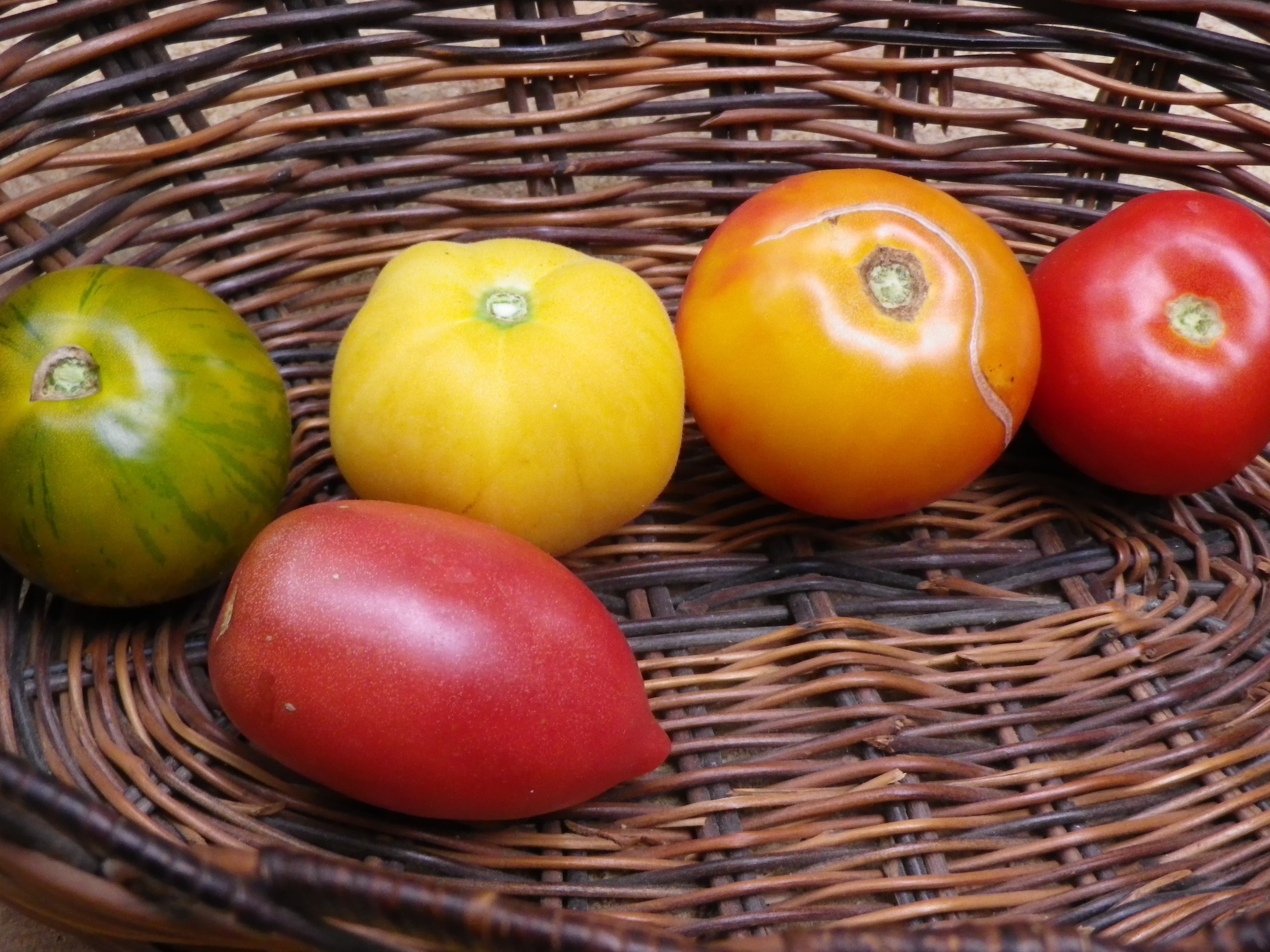 Select an Open-Pollinated Variety
Select an Open-Pollinated Variety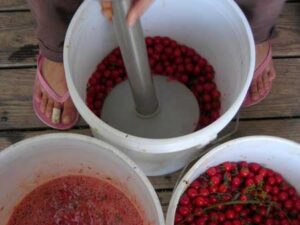 The easiest way to process tomatoes is just to blend or mash them up. This is especially true if you’re working with a large amount of tomatoes as we do. We often use a five-gallon bucket and an immersion blender.
The easiest way to process tomatoes is just to blend or mash them up. This is especially true if you’re working with a large amount of tomatoes as we do. We often use a five-gallon bucket and an immersion blender. seed mixture ferment for 2 to 3 days. Tomatoes seeds have a gelatinous coating. In the wild, tomato seeds would fall to the ground, and this coating would slowly rot off until it was time for them to sprout.
seed mixture ferment for 2 to 3 days. Tomatoes seeds have a gelatinous coating. In the wild, tomato seeds would fall to the ground, and this coating would slowly rot off until it was time for them to sprout.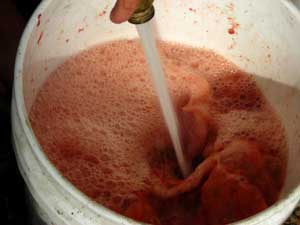 After your tomato seeds have fermented, you’ll want to add some water. For the large batches we process, we like to use high water pressure, which helps to dislodge the seeds from the pulp you can also give the mixture a good stir. Once you’ve added the water, the pulp, and any bad seeds will float to the top, while good, viable seeds sink to the bottom.
After your tomato seeds have fermented, you’ll want to add some water. For the large batches we process, we like to use high water pressure, which helps to dislodge the seeds from the pulp you can also give the mixture a good stir. Once you’ve added the water, the pulp, and any bad seeds will float to the top, while good, viable seeds sink to the bottom.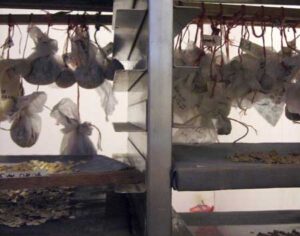 Dry your tomato seeds so that they’re out of direct sunlight and get good air circulation for three weeks. You can lay them flat on screens, pieces of paper, or paper towels. Don’t put them in a dehydrator; it can damage the seeds. You can also hang small bundles in pieces of cloth.
Dry your tomato seeds so that they’re out of direct sunlight and get good air circulation for three weeks. You can lay them flat on screens, pieces of paper, or paper towels. Don’t put them in a dehydrator; it can damage the seeds. You can also hang small bundles in pieces of cloth.